[Update: This bug is still in the release version of the game. Details below.]
Nintendo pulled back the curtain on the upcoming Switch game Super Smash Bros. Ultimate at E3 2018, and a new Smash Bros. game is generally cause for celebration. The title is one of Nintendo’s biggest franchises, which is no surprise considering it’s a combination of all of their popular—and even some not-so-popular—individual franchises.
But for many players (myself included), it also means poring over every detail to see how the game is shaping up compared to previous versions. That often leads to arguments over which version’s gameplay was best and should be the basis for future games, which is incredibly subjective, but outright bugs, glitches, or whatever you want to call them are harder to ignore.
Nintendo has a reputation for quality games on their in-house intellectual properties, and for good reason. The Smash Bros. series itself includes a remarkable level of attention to detail, especially considering the tight development deadlines that led the series’ dedicated creator, Masahiro Sakurai, to sacrifice his own health, more than once, for his work.
Thankfully, it sounds like that is not the case this time around. Still, in a project of such scale—notably bringing back every character in the series’ history for over 60 playable fighters for Ultimate—things are bound to be overlooked, and when old game assets are reused for future installments, it can lead to ongoing problems.
Case in point: Smash Bros.’ landing detection, or stage collision detection, which seems to still have a long-running bug in the upcoming Smash Bros. Ultimate. Take a look for yourself, going one frame at a time in a 60fps character video from the new game’s website:
Notice anything? After moving smoothly through the air, Zero Suit Samus’s feet suddenly snap to the ground, slightly sooner than you might have expected her to land while playing the game, since she hadn’t actually touched the stage yet. Does such a small thing really matter? Is it even a bug? Let’s take a look.
In Smash Bros. Melee, the GameCube installment that really cemented the series’ popularity, each character had points on their body that told the game’s inner workings when that character had touched part of the playing field—for many purposes, including landing back on solid ground during a jump or an aerial attack. Those points ensured that the character had clearly made contact with the stage before going into a landing, no matter the position of their body, which is important when characters move as wildly as they do in Smash Bros.
Years later, when Smash Bros. Brawl was released for the Wii, some players noticed that something felt a bit odd. Characters sometimes seemed to land on the ground before they should, even cutting some attacks just slightly short. In truth, this was difficult to put your finger on while playing the game at full speed, making things just seem nebulously off, but even though it’s hard to see without taking the game frame by frame, it affects the feel of the game, making characters feel like they “snap” to the ground when close, rather than land naturally.
If the gif above happened in Melee, Zero Suit Samus would have been in the air just a few frames longer, landing when her shins made contact with the ground. Her air time only would’ve lasted a few more frames, but it could have allowed actions like air dodging, or a longer window to hit opponents before landing if this had been an attack animation. This affects pretty much everything in the game that happens in the air, which is a significant amount.
So, what happened?
This part gets a bit technical, so I’ll put it in gif form below, but the basics are that each character’s movements originate from an invisible point called TopN (at least, that was its name in Brawl), and there’s a sort of stick (also invisible), held up vertically from that bottom point. The character’s body is suspended from the top of the stick, usually by their waist. In Brawl (as well as the Wii U and 3DS sequels), instead of the individual points used by Melee—frequently in the knees and other points on the upper body—to detect contact with the stage, the TopN point is always used to detect landing on the ground. This also seems to be the case in Ultimate.
This is fine when a character is in a neutral position, as their feet (or the bottom of their character, for those who are round or walk on four legs) tend to be around the same height as TopN in that case. However, when moving—picking the legs up for a kick, or flipping upside down—some characters’ bodies are a significant distance away from TopN, which is what gives them that “snapping” effect. When you look at the gif again with an approximation of TopN and the invisible line holding up the character’s waist, you can see what’s going on:
(Note how the stick I mentioned above goes on a pretty smooth trajectory and touches the ground exactly when you’d expect. You can even see that the little landing splash graphic is anchored to TopN, the point at the bottom of the stick.)
When Zero Suit Samus is upright in the air, her feet would be at the bottom of the red line, approximately where TopN is—no harm, no foul—but during her walljump animation, she rotates herself horizontally in the air around her waist, which is suspended well above that origin point. So, when that point touches the ground and the game detects a landing, her body may still be significantly above the ground—even here, she was already starting to turn upright, so it doesn’t look as bad as it would’ve had she neared the ground while more outstretched.
While not bugs themselves, you can see how character animations originate from TopN in other aspects of the game. For instance, a character may be hit in an outstretched leg while upside down (like in Captain Falcon’s recovery special), but instead appear to have been hit from a ridiculous distance, because their pain animation (and every other animation) originates from TopN, no matter where their body was previously:
You, too, can take misleading hitbox pictures! #SmashBros pic.twitter.com/TN5AWh6SMI
— Dan Van Winkle (@Dan_Van_Winkle) April 2, 2016
It’s just the way games work sometimes.
But is it really a bug?
That’s an interesting question. On one hand, I can see a (flawed) justification for why it’s not. Would it really make more sense, visually, for ZSS to actually hit the ground in full bellyflop—which is how it would look if she were in the middle of her walljump animation—and then suddenly appear on her feet? Is it maybe better to assume that these characters would have the good sense to right themselves and quickly stick the landing with their feet, as soon as they’re close enough (judging by TopN), rather than first landing on, say, their butts if they’re doing an aerial kick, or their heads if they’re upside down, the way Melee would do it?
On the other hand, many aerial actions already have individual landing animations to make those instances look natural, and exclusively using TopN to detect landings introduces some very clear problems. Just take a look at Ryu in Smash Bros. Wii U, unable to land on platforms that he has clearly jumped above, all because TopN didn’t rise as high as the rest of his body, because of how he picks his feet up:
In Melee, this wouldn’t have happened, again, because landing detection is based on the character’s body, as you can see in the following gif made in the game’s debug mode. It displays TopN as a small cross, well below Sheik’s body (her stage collision detection points represented by the corners of the orange quadrilateral):
TopN is dynamically moved to the point where Sheik’s body makes contact, instead of the other way around, allowing her to land on the platform, unlike Ryu. You can also see that Melee uses some animation blending to unfold her body somewhat naturally, to make the transition less awkward, although landings still do sometimes wind up looking a bit odd with that system.
Ganondorf faces the same problem as Ryu, to varying degrees depending on which move he’s using, a standard jump, a neutral air attack, or an upward air attack:
Another clear example? Link’s neutral air attack with Melee landing detection vs. the later games’ bugged landing detection:
In Brawl, Link lands so much earlier that he can’t even hit Kirby, while in Melee, he doesn’t land until his knee actually hits the ground. In Brawl, of course, the invisible TopN point once again makes contact with the ground far below his waist, where his feet would be if he weren’t kicking—a static point that doesn’t match his action. The difference is very clear in the freeze frames immediately before and upon landing:
Even though both versions have their visual tradeoffs, it’s kind of beside the point when considering whether this is a “bug” or an intentional choice, and not just because of the problems mentioned above. Why? Because in Brawl, as explained to me by Magus, a well known Smash Bros. Brawl modder who once fixed this bug, the game did actually calculate the “correct” lowest landing points on its characters, at all times, the same way as Melee, and then, due to what appeared to be an error at the end of the formula … would automatically set the lowest landing point to TopN anyway—a lot like the TARDIS on Doctor Who going to all the trouble of figuring out the ideal disguise for any setting in a nanosecond and then disguising itself as a police box instead.
Anyway, landing detection based on TopN has persisted in every game since, likely due to the understandable recycling of any and all game assets and code possible, to make Mr. Sakurai’s life easier. I don’t know that anyone outside the game’s development team is well enough acquainted with its code to say for sure whether it’s still happening for the same reason as Brawl, since the sequels haven’t been modded to nearly the same extent, but it seems likely.
It’s not even the only persistent bug. Ness’s recovery special attack interacted with left-facing and right-facing walls differently in Brawl, and it still does in the Wii U and 3DS games (I won’t bore you with the details), despite those games receiving bug-fixing patches. So, it’s not out of the question that this is a bug that has been carried over from previous games, as well.
[Update: This bug persists in the release version of Super Smash Bros. Ultimate. In the tweet below, you can see that Zero Suit Samus is nowhere near the ground while doing her upward aerial attack, despite instantly appearing on the ground on the very next frame.]
Update: Landing detection still broken. Last air frame/first ground frame ZSS up air. #SmashBros #NintendoSwitch pic.twitter.com/6Gvk07relW
— Dan Van Winkle (@Dan_Van_Winkle) December 10, 2018
As you can see, her landing animation starts with her on her head anyway, so there’s no visual benefit to be had. She just lands way sooner than it looks like she should.]
However, the biggest question is probably …
Does it really matter?
That’s kind of up to the players. Super Smash Bros. for Wii U (and the 3DS version) carried this trait over from Brawl, and those games still enjoyed plenty of popularity and good sales. There’s a lot of buzz around Smash Bros. Ultimate, and 99% of the people who buy it will never even know about this, let alone care.
But that doesn’t necessarily mean it doesn’t matter. It’s one of those tiny, almost imperceptible things that make a game feel satisfying to play. When it’s wrong, you might not notice it, but when it’s right, it definitely feels right. With the upcoming iteration of the game, it seems that Sakurai and his development team, while maintaining their own vision for the series, have at least taken criticism into account, frequently from players who still prefer Melee as the most tournament-ready entry in the series.
After the Smash Bros. Ultimate invitational tournament at E3, he mentioned that he noticed a few things were off just from the gameplay he’d seen there, and he’d soon be hard at work fixing those issues ahead of the game’s December 7 release date. He’s even admitted, in the past, that Melee is “the sharpest game in the series” and “just felt really good to play,” and I have to assume that, if he realized this bug was there, he’d want to eradicate it in the name of making this the definitive Smash Bros. experience he seems to be aiming for.
(images: Nintendo)
Want more stories like this? Become a subscriber and support the site!
—The Mary Sue has a strict comment policy that forbids, but is not limited to, personal insults toward anyone, hate speech, and trolling.—



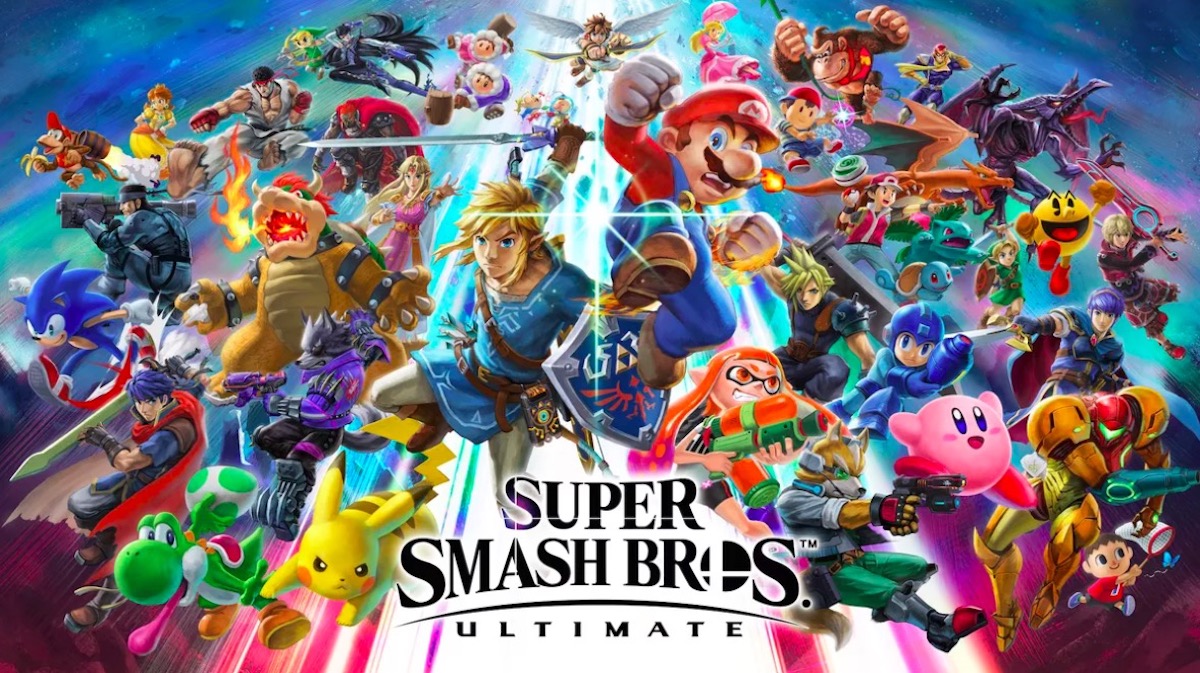
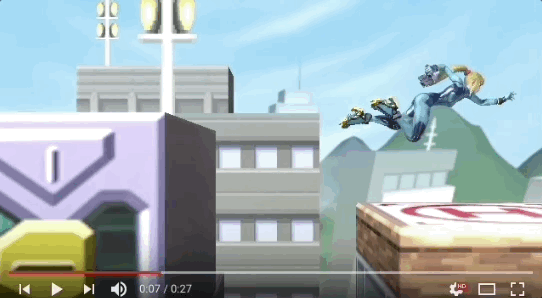
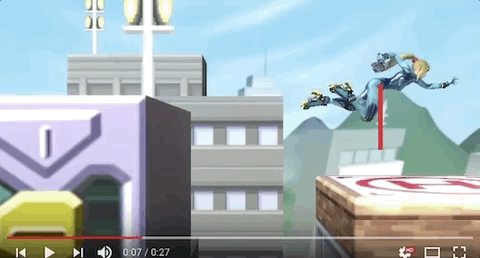
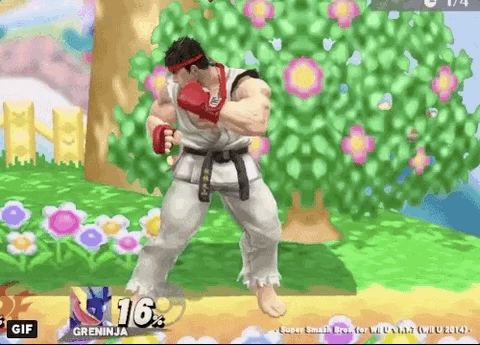
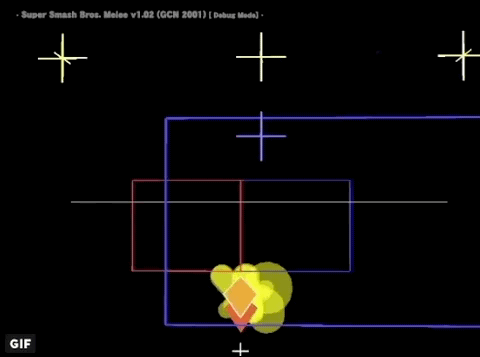
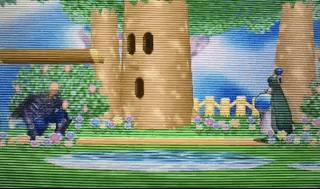
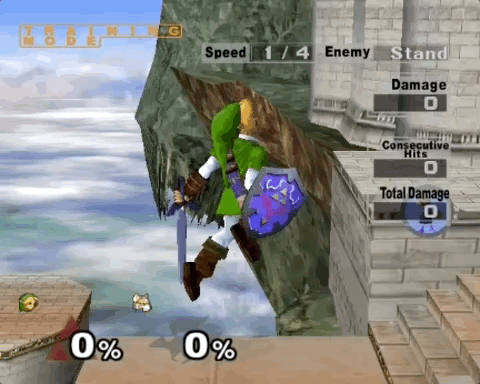
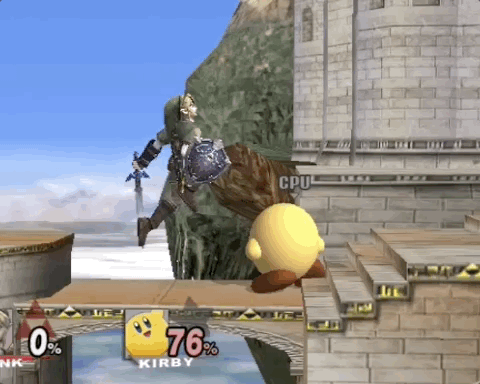
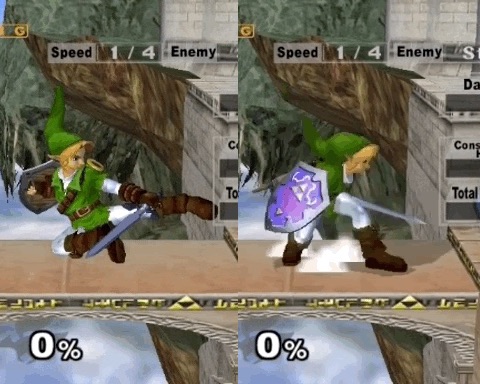
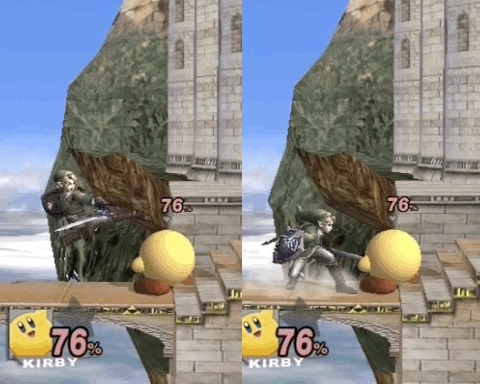

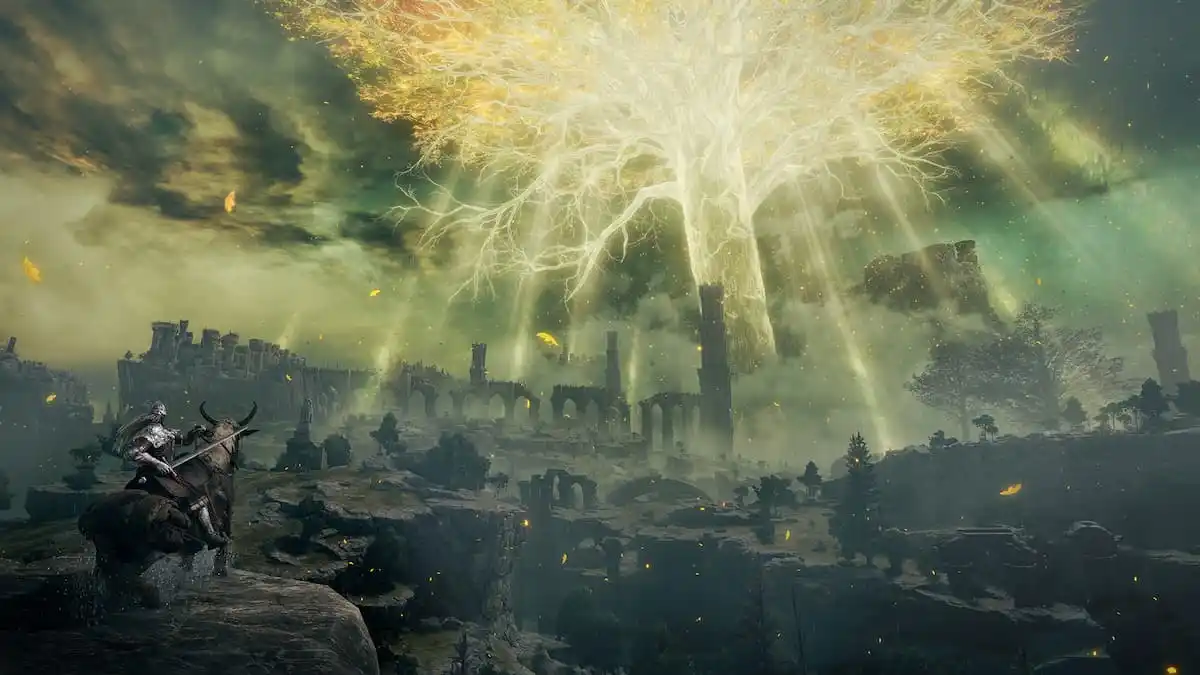
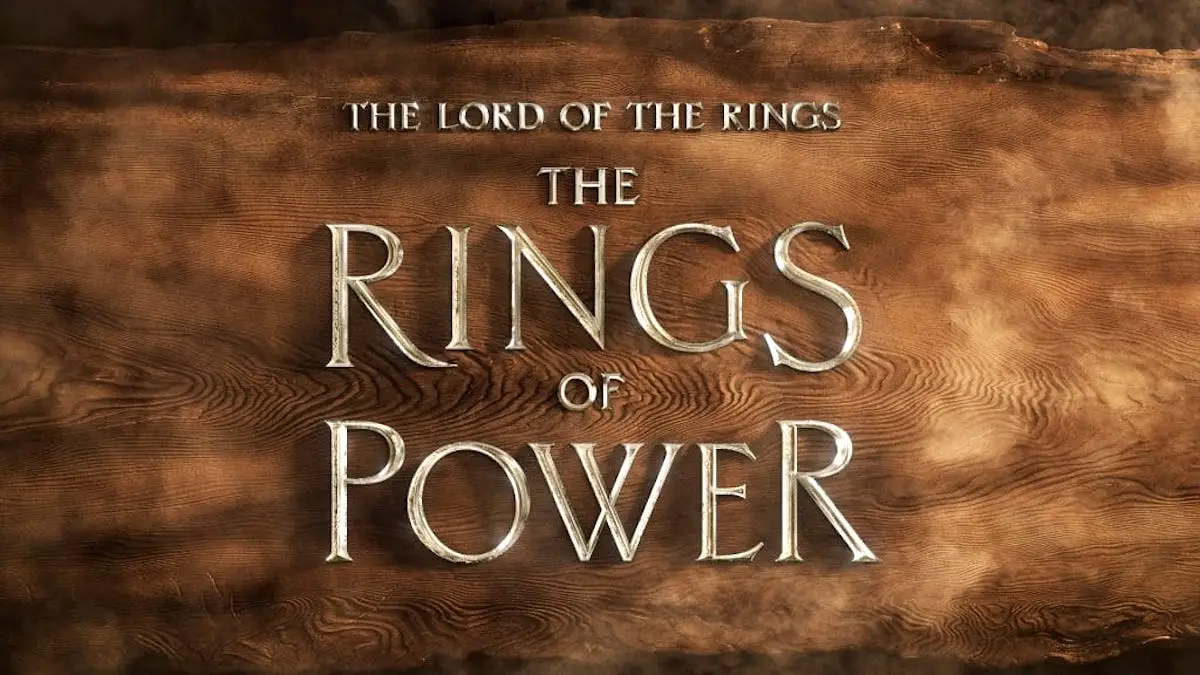
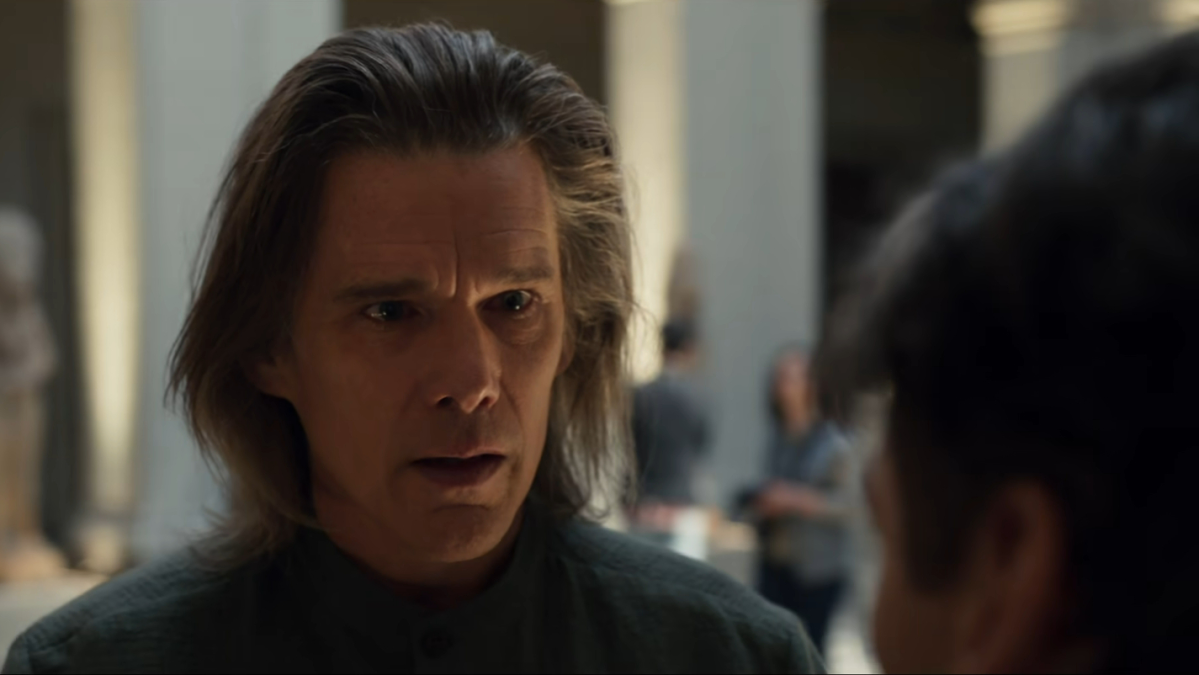

Published: Jun 15, 2018 12:20 pm